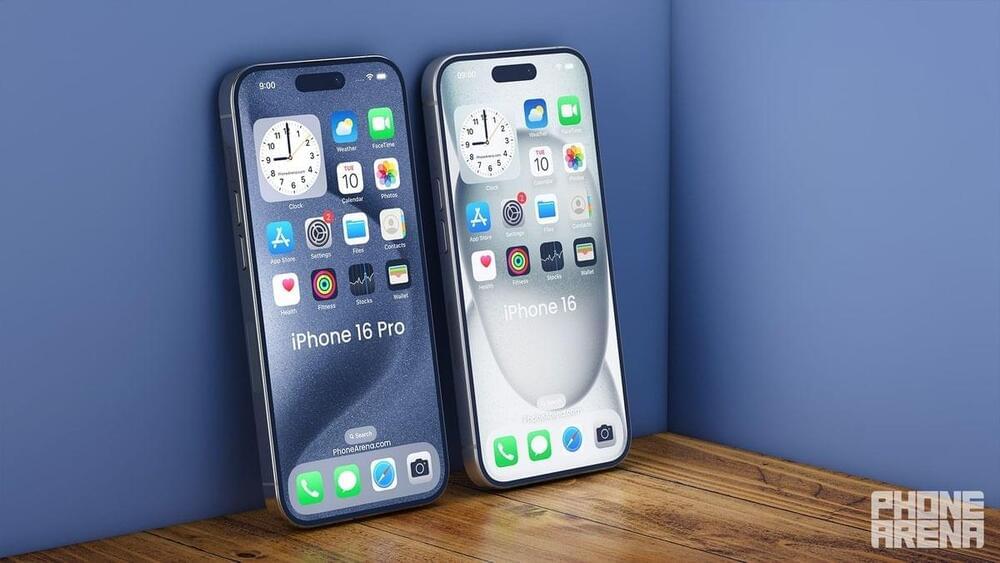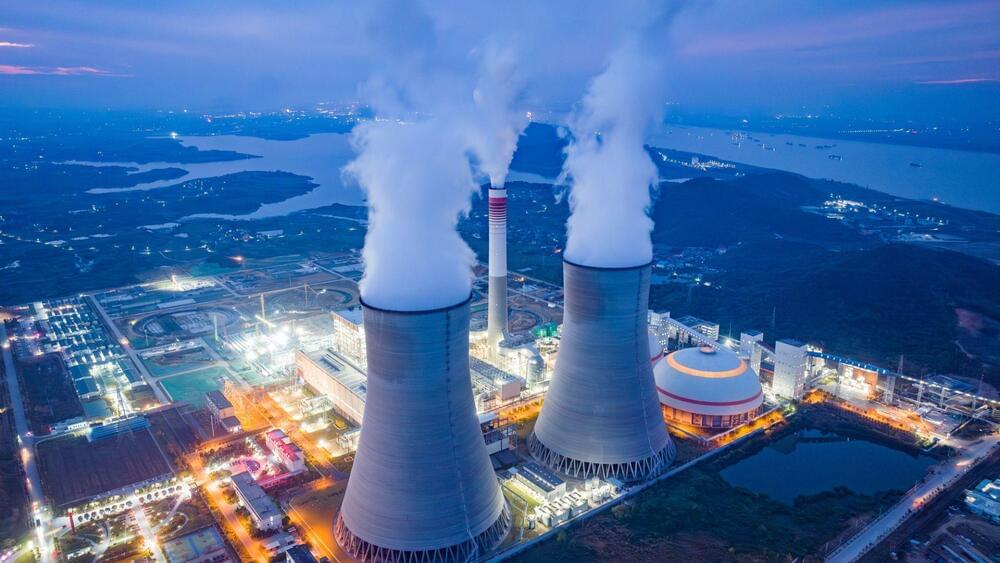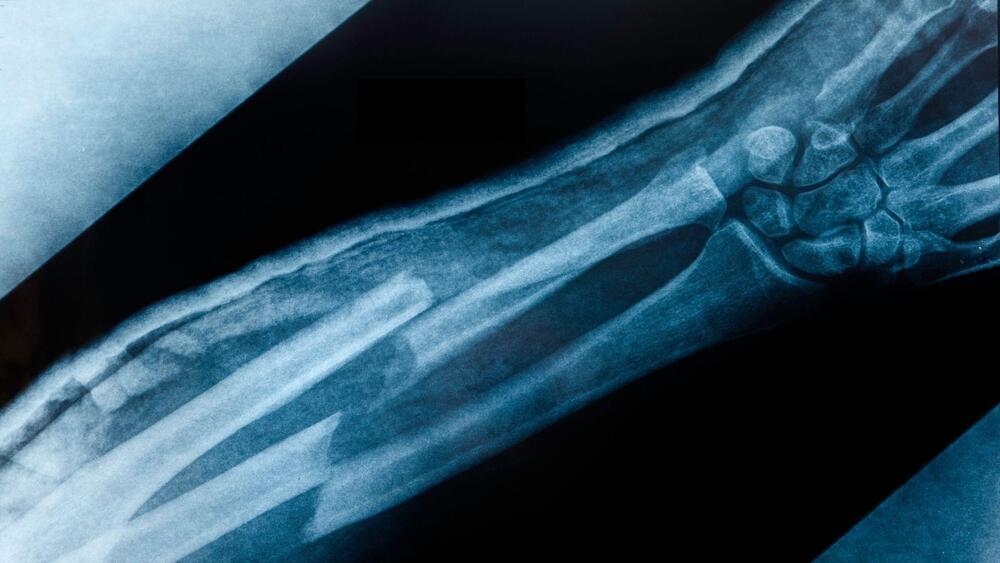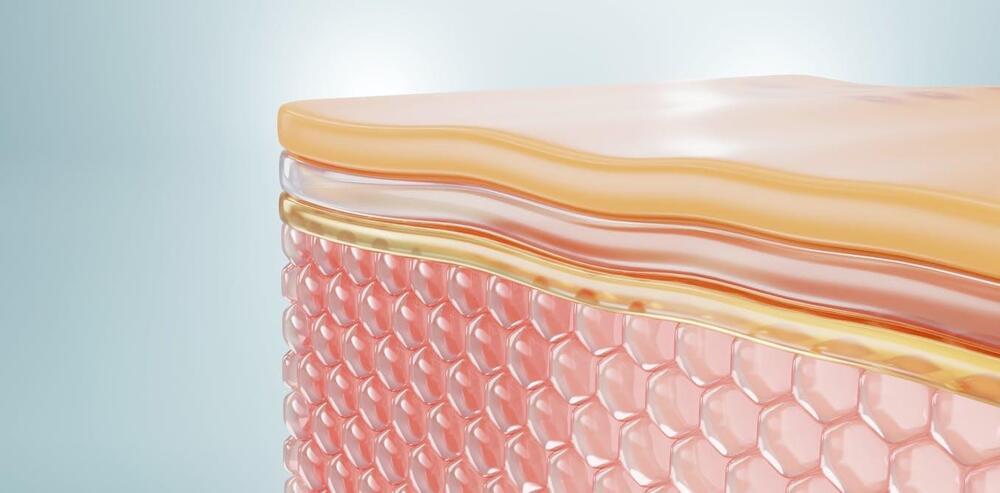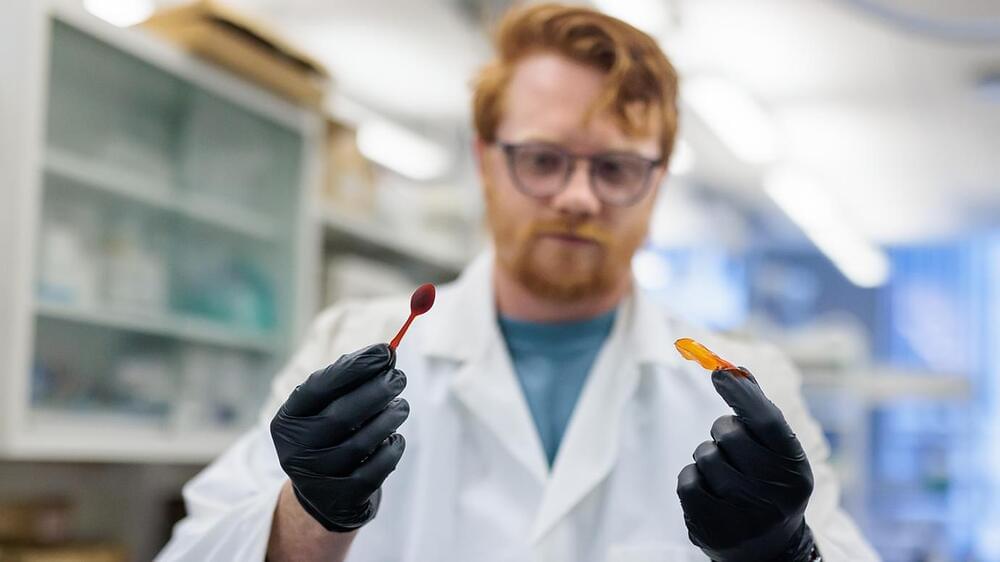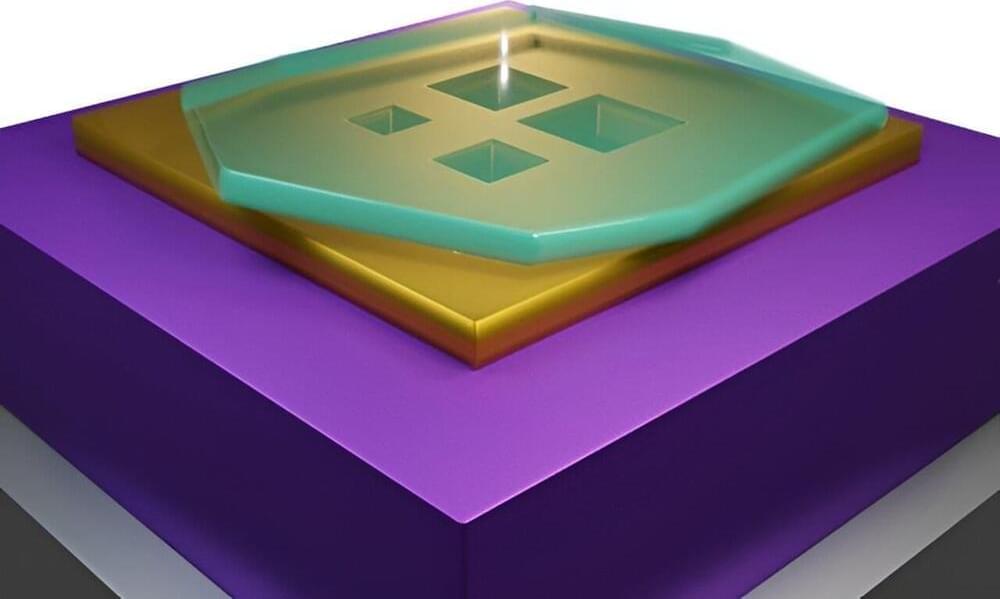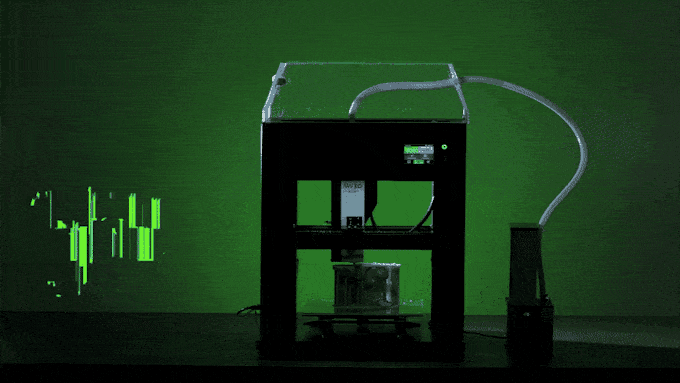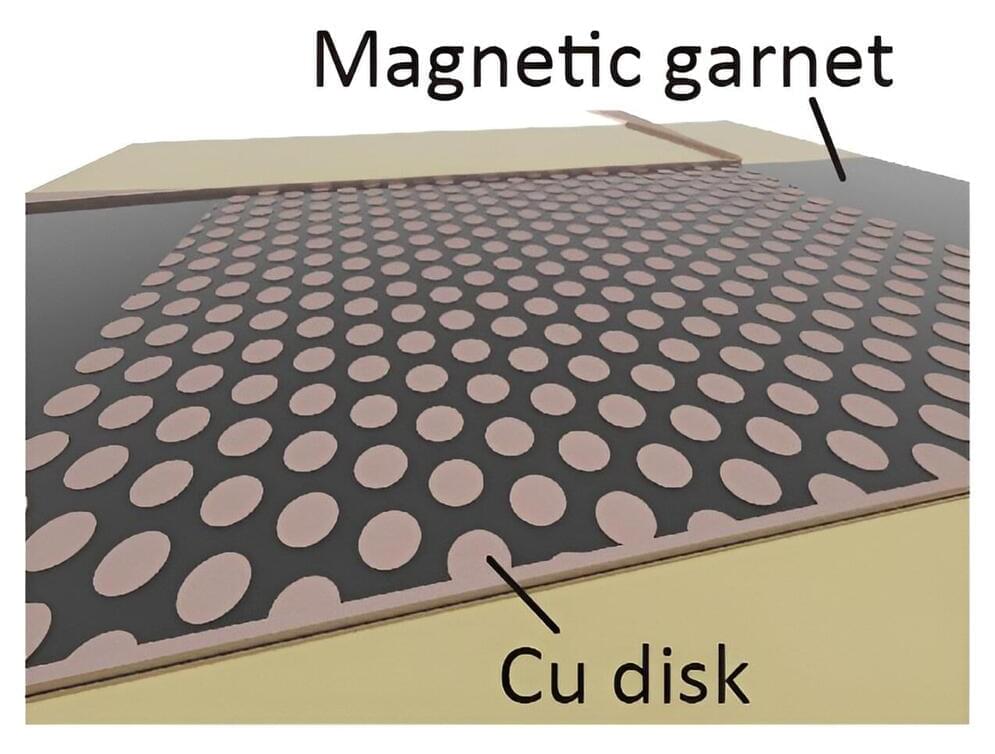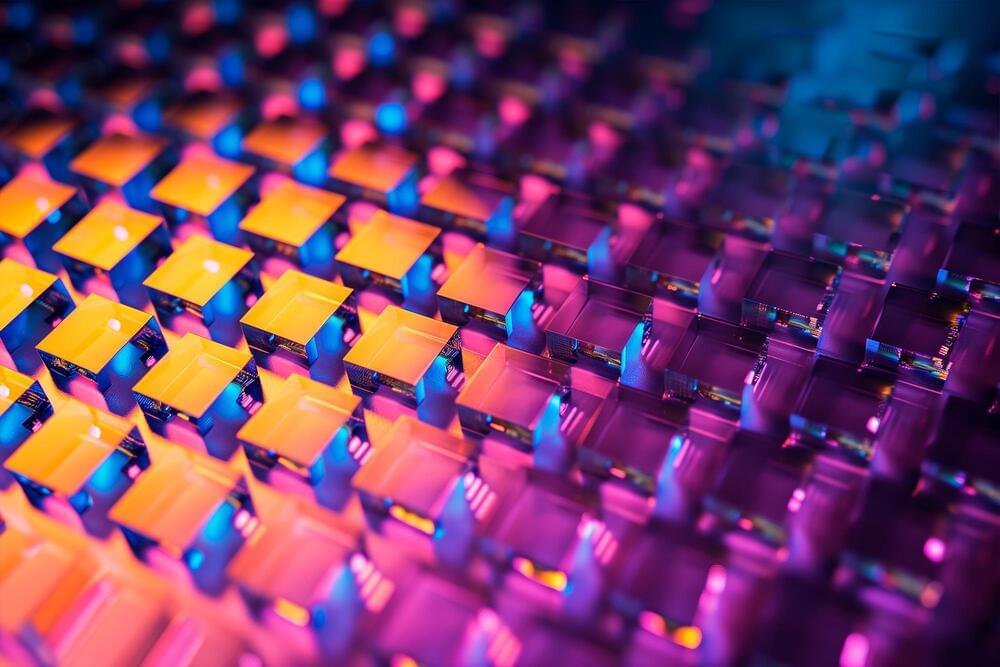Feb 8, 2024
Revolutionizing Industries With Super-Durable Gold Catalysts
Posted by Saúl Morales Rodriguéz in categories: materials, nanotechnology
A new protective layer developed by researchers improves gold catalysts’ durability, potentially expanding their industrial applications and efficiency. Credit: SciTechDaily.com.
A protective layer applied to gold nanoparticles can boost its resilience.
For the first time, researchers including those at the University of Tokyo discovered a way to improve the durability of gold catalysts by creating a protective layer of metal oxide clusters. The enhanced gold catalysts can withstand a greater range of physical environments compared to unprotected equivalent materials.

